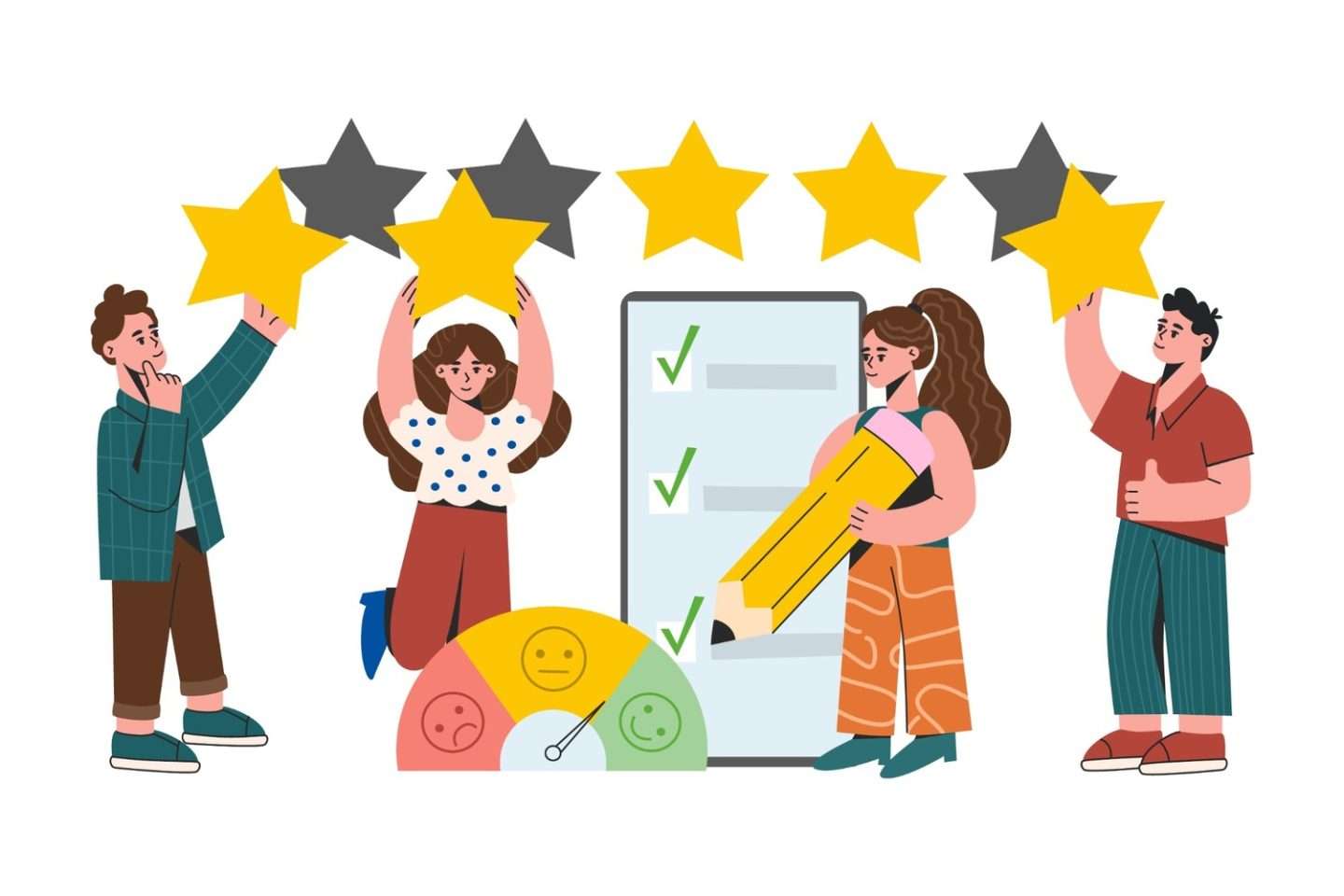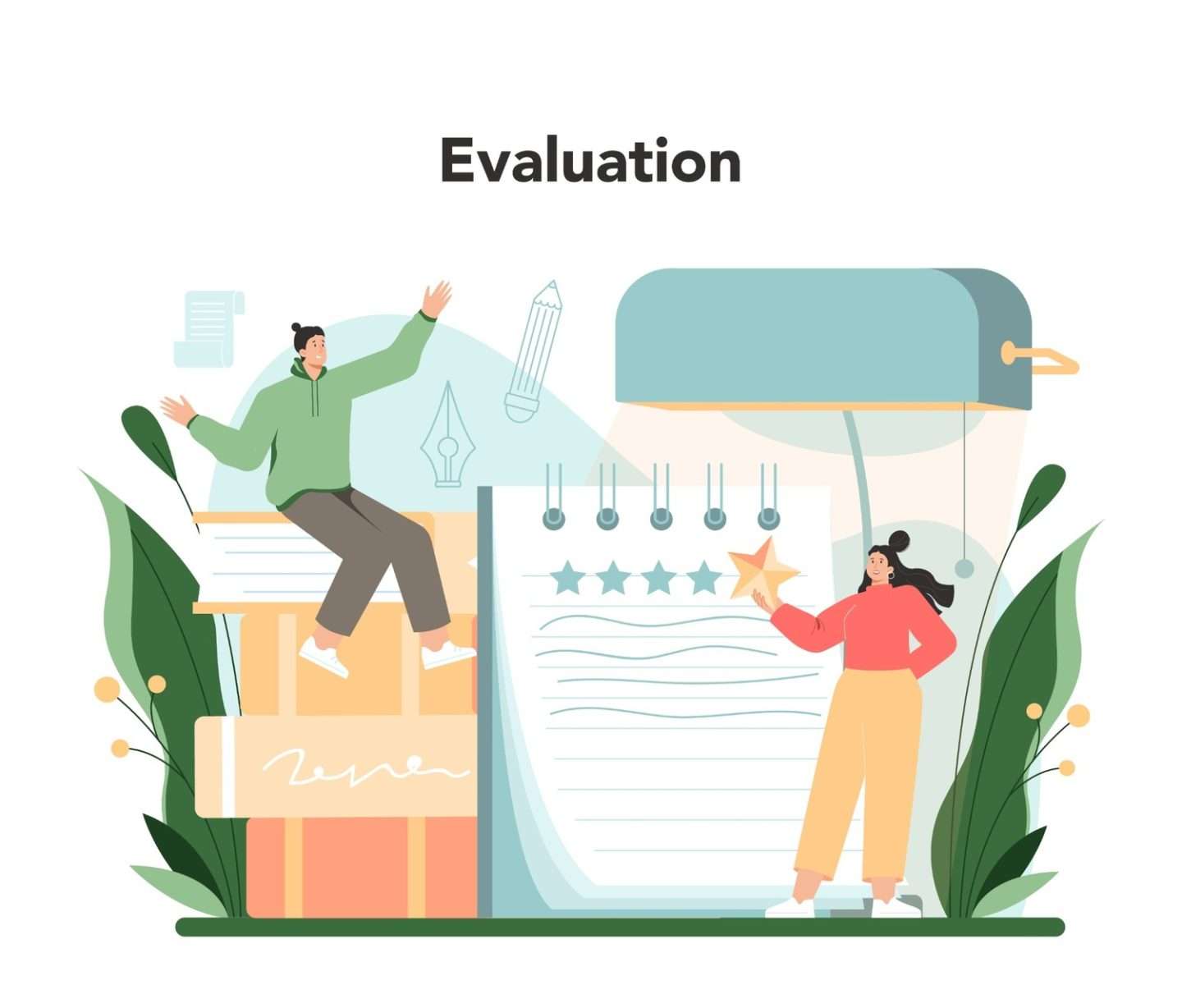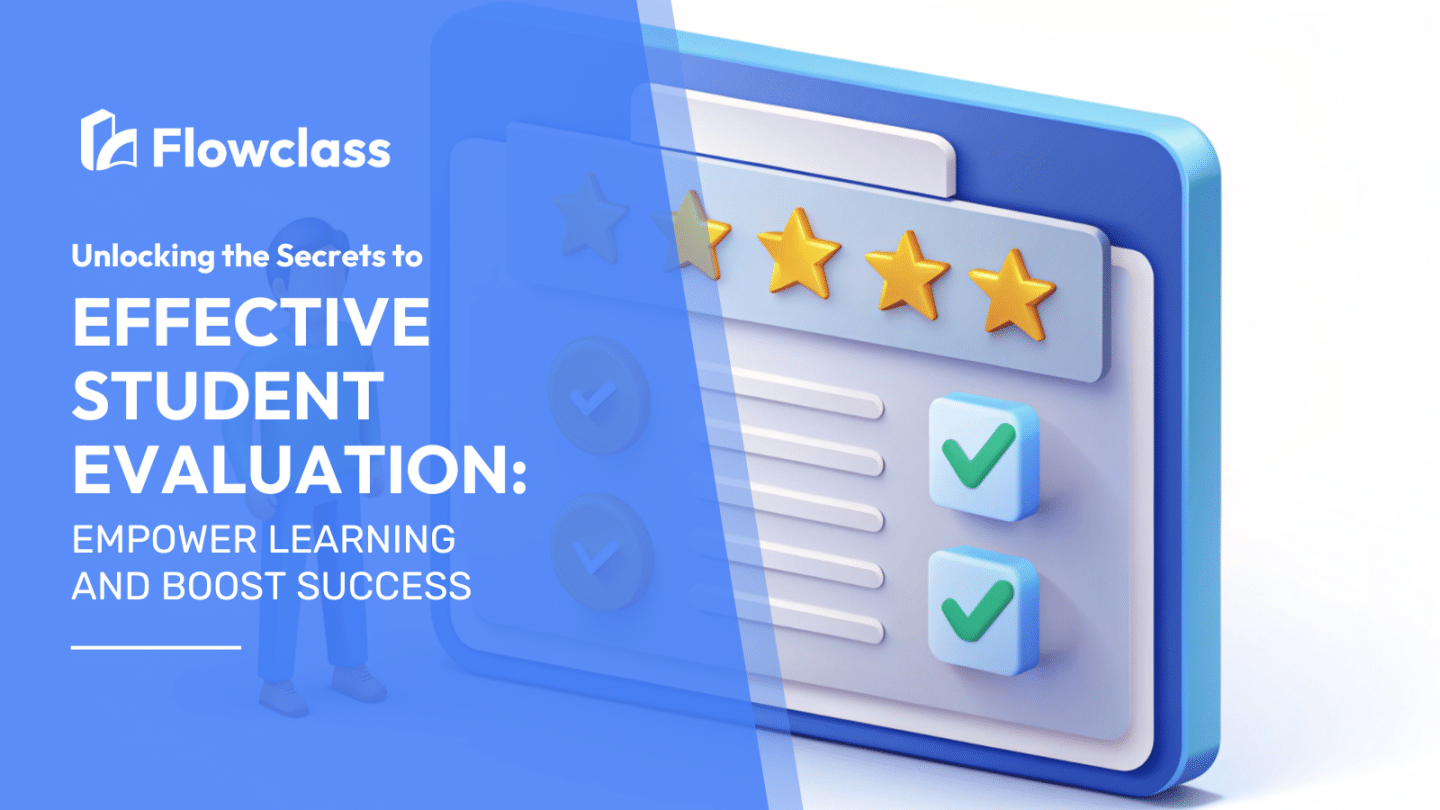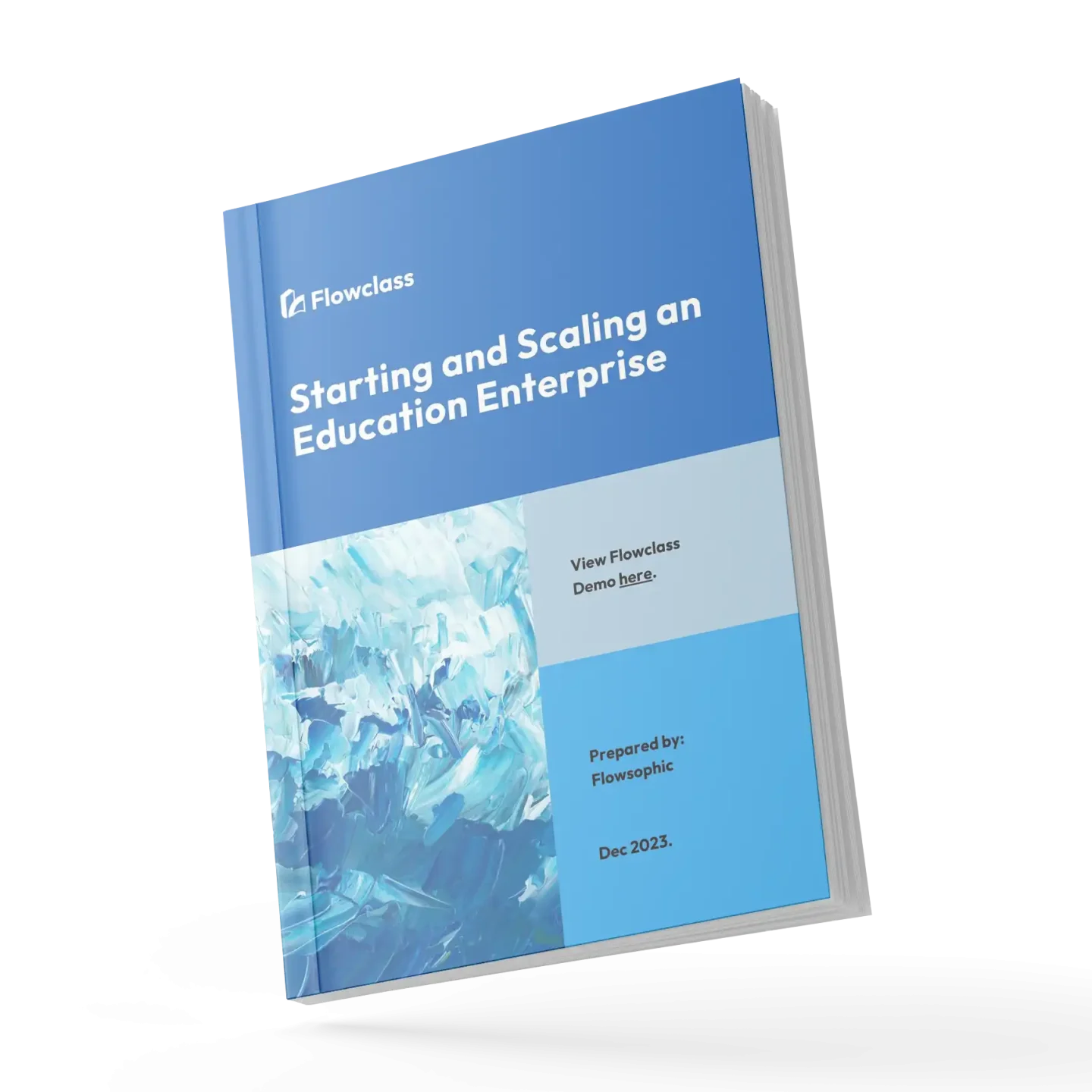As educators, we understand the importance of regular student evaluations to track progress and measure success. However, many traditional methods of evaluation have fallen short in truly empowering learning and enhancing student outcomes. This article delves into the secrets of effective student evaluation, providing valuable insights on how to unlock the full potential of assessments and propel student success.
By adopting a holistic approach to evaluation, we can go beyond standardized testing and delve into student strengths, weaknesses, and individual growth. Through this comprehensive evaluation process, we can identify personalized learning strategies that cater to each student’s unique needs, fostering a more engaging and effective educational experience.
Discover how to strike the right balance between formative and summative assessments, leveraging technology and innovative methods to gather meaningful student data. Learn how to provide timely feedback that not only highlights areas of improvement but also builds confidence and motivates students to strive for excellence.
Don’t miss this opportunity to unlock the secrets to effective student evaluation and create an environment that nurtures growth, empowers learning, and ultimately boosts student success.
Importance of student evaluation

Student evaluation is a critical component of the educational process, serving as a fundamental tool for measuring student progress, identifying areas of strength and weakness, and guiding instructional strategies. Effective student evaluation not only provides valuable insights into individual student performance but also informs the overall effectiveness of teaching methods and curricula.
By regularly assessing student learning, educators can make informed decisions about how to best support and challenge their students, ensuring that each individual’s unique needs are addressed. This, in turn, leads to a more personalized and engaging educational experience, fostering a deeper understanding of the subject matter and ultimately enhancing student success.
Furthermore, student evaluation plays a crucial role in identifying learning gaps, allowing educators to intervene and provide targeted support before these gaps become more significant barriers to progress. This proactive approach not only benefits individual students but also strengthens the overall educational system, ensuring that no learner is left behind and that all students have the opportunity to reach their full potential.
Different types of student evaluation
Student evaluation encompasses a diverse range of methods, each serving a unique purpose and providing valuable insights into student learning. Formative assessments, such as quizzes, class discussions, and informal observations, are designed to monitor student progress and identify areas for improvement during the learning process. These assessments are crucial for providing timely feedback and adjusting teaching strategies to meet the evolving needs of students.
Summative assessments, on the other hand, are typically administered at the end of a unit or course, and they serve to evaluate the overall level of student achievement. Examples of summative assessments include end-of-unit exams, project-based assignments, and standardized tests. These assessments provide a comprehensive snapshot of student learning and can be used to measure the effectiveness of instructional methods and curriculum.
In addition to these traditional assessment types, contemporary educational practices have introduced innovative approaches to student evaluation. Performance-based assessments, such as portfolios, presentations, and hands-on demonstrations, allow students to showcase their knowledge and skills in authentic, real-world contexts. These assessments not only provide a more holistic evaluation of student learning but also foster the development of critical thinking, problem-solving, and communication skills.
The role of feedback in student evaluation

Feedback is a crucial component of effective student evaluation, as it empowers students to take an active role in their own learning and growth. Timely, constructive feedback that highlights both strengths and areas for improvement can have a profound impact on student motivation, self-awareness, and academic performance.
When feedback is provided in a supportive and encouraging manner, it can help students identify their unique strengths, celebrate their successes, and develop strategies for addressing areas that require further development. This process of self-reflection and goal-setting not only enhances student learning but also fosters a growth mindset, where students view challenges as opportunities for improvement rather than obstacles to overcome.
Effective feedback should be specific, actionable, and tailored to the individual student’s needs. By providing detailed, personalized feedback, educators can guide students towards specific, achievable goals and empower them to take ownership of their learning journey. This collaborative approach to feedback encourages students to become active participants in the evaluation process, ultimately leading to greater engagement, motivation, and academic success.
Strategies for effective student evaluation
Effective student evaluation requires a multifaceted approach that combines various assessment methods, feedback strategies, and personalized learning interventions. One key strategy is to strike a balance between formative and summative assessments, ensuring that students receive ongoing feedback and support throughout the learning process.
Formative assessments, such as exit tickets, short quizzes, and classroom observations, can provide real-time insights into student understanding and inform immediate adjustments to teaching practices. By regularly gathering this data, educators can identify learning gaps, differentiate instruction, and provide targeted interventions to address individual student needs.
Summative assessments, on the other hand, can be used to measure the overall effectiveness of instructional strategies and the achievement of learning objectives. By aligning these assessments with clearly defined learning goals and standards, educators can gain a comprehensive understanding of student mastery and use this information to refine curriculum and instructional practices.
Another effective strategy is to incorporate student self-evaluation and reflection into the assessment process. By empowering students to assess their own progress, set personal goals, and identify areas for improvement, educators can foster a sense of ownership and investment in the learning process. This approach not only enhances student engagement but also develops essential metacognitive skills that contribute to long-term academic success.
Implementing student self-evaluation
Incorporating student self-evaluation into the assessment process is a powerful strategy for enhancing learning and promoting student agency. By providing students with the tools and guidance to assess their own progress, educators can empower learners to take an active role in their educational journey.
One effective approach to student self-evaluation is the use of rubrics or checklists that clearly outline the criteria for success. These tools can help students understand the expectations for their work, identify areas of strength and weakness, and reflect on their own learning process. By actively engaging in this self-assessment, students develop a deeper understanding of the learning objectives and become more invested in their own growth and development.
Additionally, incorporating regular opportunities for student reflection, such as learning logs, exit tickets, or self-assessment forms, can further strengthen the self-evaluation process. These reflective activities encourage students to think critically about their own learning, identify areas for improvement, and set personalized goals for future growth. By fostering this metacognitive awareness, educators can empower students to become self-directed learners, better equipped to navigate the challenges and complexities of the educational landscape.
Utilise Technology tools when evaluating students
The integration of technology in the student evaluation process has revolutionized the way educators gather, analyze, and utilize student data. From online assessment platforms to personalized learning analytics, a wide range of technological tools are now available to enhance the efficiency and effectiveness of student evaluation.
Online assessment platforms, such as digital quizzes, interactive simulations, and virtual performance-based tasks, allow for the seamless collection of student data in real time. These tools not only streamline the assessment process but also provide valuable insights into individual student progress and areas for improvement. By leveraging the power of technology, educators can quickly identify learning gaps, tailor instructional strategies, and provide personalized feedback to students.
Furthermore, learning management systems (LMS) and data analytics platforms offer comprehensive solutions for tracking student performance, monitoring engagement, and identifying trends over time. These tools enable educators to access detailed student data, generate customized reports, and make informed decisions about curriculum and instructional practices. By harnessing the power of technology, educators can gain a more holistic understanding of student learning, ultimately enhancing the effectiveness of their evaluation efforts.
Overcoming challenges when evaluating students
While the benefits of effective student evaluation are well-documented, implementing and maintaining a comprehensive assessment system is not without its challenges. One of the primary obstacles is the potential for bias and subjectivity in the evaluation process, which can undermine the reliability and validity of the data collected.
To address this issue, educators must strive to develop and adhere to clearly defined, objective criteria for assessment. This includes the use of rubrics, checklists, and other standardized tools that ensure consistency and fairness in the evaluation process. Additionally, providing comprehensive training and professional development opportunities for educators can help to mitigate the impact of individual biases and ensure that assessment practices are aligned with best practices and educational standards.
Another common challenge in student evaluation is the time-consuming nature of the process, particularly when it comes to providing detailed, individualized feedback. To overcome this obstacle, educators can leverage technology-based tools, such as automated grading systems and data-driven analytics, to streamline the assessment process and free up time for more personalized feedback and targeted interventions. By embracing these technological solutions, educators can enhance the efficiency and effectiveness of their evaluation efforts, ultimately benefiting student learning and success.
Best practices for student evaluation

Effective student evaluation requires a multifaceted approach that encompasses a variety of best practices. One of the most fundamental principles is the alignment of assessment methods with clearly defined learning objectives and instructional goals. By ensuring that the evaluation process is closely tied to the desired outcomes, educators can ensure that the data collected is meaningful and actionable.
Another key best practice is the use of a balanced assessment system, which combines formative and summative assessments to provide a comprehensive view of student learning. Formative assessments, such as informal observations, exit tickets, and classroom discussions, allow educators to gather ongoing feedback and make real-time adjustments to their teaching. Summative assessments, on the other hand, provide a more comprehensive evaluation of student mastery and can inform long-term curricular and instructional decisions.
Providing timely, constructive feedback is also a critical best practice in student evaluation. By offering specific, actionable feedback that highlights both strengths and areas for improvement, educators can empower students to take an active role in their own learning and growth. This feedback should be delivered in a supportive, encouraging manner, fostering a growth mindset and a sense of ownership over the learning process.
The impact of effectivey evaluating students on learning and success
Effective student evaluation has a profound impact on both individual learning and overall academic success. By adopting a comprehensive, data-driven approach to assessment, educators can gain valuable insights into student progress, tailor instructional strategies to meet individual needs, and provide targeted interventions to address learning gaps.
When students receive timely, constructive feedback and are actively engaged in the evaluation process, they develop a deeper understanding of their own strengths, weaknesses, and learning preferences. This self-awareness, in turn, empowers students to take ownership of their educational journey, set personalized goals, and adopt effective learning strategies. As a result, students become more motivated, engaged, and invested in their own success, leading to improved academic performance and long-term educational outcomes.
Moreover, effective student evaluation can have a positive impact on the overall educational system. By gathering and analyzing comprehensive student data, educators can identify trends, evaluate the effectiveness of instructional methods, and make informed decisions about curriculum and program development. This data-driven approach to decision-making can lead to the implementation of evidence-based practices, the allocation of resources to areas of greatest need, and the continuous improvement of the educational experience for all learners.
Conclusion: Empowering students through effective evaluation
In conclusion, unlocking the secrets to effective student evaluation is a crucial step in empowering learning and boosting student success. By embracing a comprehensive, data-driven approach to assessment, educators can gain valuable insights into student progress, tailor instructional strategies to meet individual needs, and provide targeted interventions to address learning gaps.
Through the integration of formative and summative assessments, the incorporation of student self-evaluation, and the leveraging of technological tools, educators can create a learning environment that fosters growth, self-awareness, and a sense of ownership over the educational journey. By providing timely, constructive feedback and empowering students to take an active role in the evaluation process, educators can cultivate a growth mindset and inspire students to strive for excellence.
Ultimately, effective student evaluation is not just about measuring academic performance; it is about empowering students to become self-directed learners, critical thinkers, and active contributors to their success. By unlocking the secrets to effective evaluation, educators can transform the educational landscape, creating a future where all students have the opportunity to reach their full potential and thrive in an ever-evolving world
📢Check out our newest featured blog “The Ultimate Guide to Designing the Perfect Course Outline“


